What are Common Symptoms?
Shoulder pain can manifest in various ways, and the symptoms experienced can differ depending on the underlying cause of the pain. Here are some common symptoms of shoulder pain:
- Pain: Persistent or intermittent pain in the shoulder joint is the primary symptom. The pain may be dull, aching, sharp, or throbbing in nature.
- Limited Range of Motion: Difficulty moving the shoulder through its full range of motion. This may make it challenging to perform everyday tasks or activities that involve lifting or reaching.
- Stiffness: The shoulder may feel stiff, especially after periods of inactivity or upon waking up in the morning.
- Weakness: A feeling of weakness in the shoulder, making it challenging to lift or carry objects.
- Pain with Movement: Pain that worsens or is triggered by certain movements, such as lifting, reaching overhead, or rotating the arm.
- Popping or Clicking: Some individuals may experience a popping or clicking sensation in the shoulder joint during movement.
- Radiating Pain: Pain that extends from the shoulder into the arm, neck, or upper back.
- Night Pain: Shoulder pain that worsens or becomes more noticeable at night, interfering with sleep.
- Swelling or Tenderness: The shoulder area may be swollen, and there could be tenderness or sensitivity when pressure is applied.
- Instability: A feeling that the shoulder is loose or unstable, possibly prone to dislocation.
- Numbness or Tingling: In some cases, shoulder pain may be associated with sensations of numbness or tingling, indicating nerve involvement.
Common Causes
Common causes of shoulder pain include:
- Rotator Cuff Injuries: Injuries to the muscles and tendons of the rotator cuff, which can occur due to overuse, trauma, or degeneration.
- Frozen Shoulder (Adhesive Capsulitis): A condition characterized by stiffness and reduced range of motion in the shoulder joint.
- Tendinitis: Inflammation of the tendons in the shoulder, often caused by repetitive movements.
- Bursitis: Inflammation of the bursa, small fluid-filled sacs that cushion and reduce friction in the shoulder joint.
- Arthritis: Osteoarthritis or rheumatoid arthritis can affect the shoulder joint, leading to pain and stiffness.
- Shoulder Impingement: A condition where the tendons of the rotator cuff become pinched and irritated during shoulder movement.
- Shoulder Dislocation: The humerus bone comes out of its socket in the shoulder joint, causing sudden, severe pain.
- Fractures: Broken bones in the shoulder, often resulting from falls or accidents.
If you experience persistent or severe shoulder pain or have difficulty using your shoulder, it’s essential to seek evaluation and appropriate treatment from a orthopedic specialist. They can help diagnose the underlying cause of the pain and recommend suitable interventions, which may include physical therapy, pain medication, corticosteroid injections, or in some cases, surgery.
Common Conditions
Shoulder pain can be caused by various conditions affecting the structures in and around the shoulder joint. Here are some common conditions that can lead to shoulder pain:
- Rotator Cuff Tears: The rotator cuff is a group of muscles and tendons that stabilize the shoulder joint. Tears or injuries to these tendons can result from overuse, repetitive motion, or trauma.
- Rotator Cuff Tendinitis: Inflammation of the rotator cuff tendons, often caused by repetitive overhead movements or age-related degeneration.
- Bursitis: Inflammation of the bursa sacs that cushion the shoulder joint, often due to overuse or repetitive movements.
- Adhesive Capsulitis (Frozen Shoulder): A condition characterized by the thickening and tightening of the shoulder joint capsule, leading to restricted range of motion and pain.
- Shoulder Impingement Syndrome: Occurs when the rotator cuff tendons become compressed or pinched between the bones of the shoulder, leading to inflammation and pain.
- Shoulder Instability: The shoulder joint becomes excessively loose, leading to a higher risk of dislocation and causing pain and weakness.
- Biceps Tendinitis: Inflammation of the long head of the biceps tendon, which can cause pain in the front of the shoulder.
- Labral Tears: Tears in the cartilage (labrum) that lines the rim of the shoulder socket, often seen in athletes or individuals who perform repetitive overhead activities.
- Osteoarthritis: Degenerative joint disease that can affect the shoulder joint, leading to pain and reduced mobility.
- Rheumatoid Arthritis: An autoimmune condition that can cause inflammation and damage to the shoulder joint.
- Fractures: Broken bones in the shoulder, which can occur due to falls, sports injuries, or accidents.
- Cervical Radiculopathy: Compression or irritation of the nerve roots in the neck, which can cause pain that radiates into the shoulder and arm.
- Referred Pain: Pain originating from a different location, such as the neck or upper back, but felt in the shoulder region.
- Tendon Tears: Apart from rotator cuff tears, other tendons in the shoulder can also be affected, leading to pain and limited function.
It’s important to note that some conditions may coexist or have overlapping symptoms. Proper diagnosis by your orthopedic specialist is crucial to determine the exact cause of shoulder pain and develop an appropriate treatment plan. Treatment options may include rest, physical therapy, anti-inflammatory medications, corticosteroid injections, and in severe cases, surgery.
Common Diagnosis & Treatment
Diagnosis
Diagnosis and treatment for shoulder pain involve a comprehensive evaluation by a orthopedic specialist to identify the underlying cause of the pain. Here's a general outline of the common diagnosis and treatment steps for shoulder pain:
- Medical History: The healthcare provider will inquire about your symptoms, the duration and pattern of pain, any previous injuries or medical conditions, and activities that aggravate or alleviate the pain.
- Physical Examination: A thorough physical examination of the shoulder will be conducted to assess range of motion, strength, and any signs of inflammation or instability.
- Imaging Studies: X-rays can help visualize the bones and joint structures. MRI or ultrasound may be used to evaluate soft tissues, such as tendons, ligaments, and the rotator cuff, for tears or inflammation.
- Diagnostic Injections: In some cases, a diagnostic injection of a local anesthetic into the shoulder joint or specific structures may be used to identify the source of the pain.
- Other Tests: Blood tests or additional diagnostic procedures may be ordered to rule out underlying medical conditions that could contribute to shoulder pain.
Treatment
The treatment approach for shoulder pain depends on the specific diagnosis and severity of the condition. Common treatment options include:
- Rest and Activity Modification: Avoiding activities that worsen the pain and giving the shoulder time to heal can be beneficial.
- Physical Therapy: Exercises and stretches aimed at improving shoulder strength, flexibility, and stability can help reduce pain and restore function.
- Medications:
- Nonsteroidal Anti-Inflammatory Drugs (NSAIDs): Over-the-counter or prescription medications to reduce pain and inflammation.
- Pain Relievers: Analgesics to alleviate pain and discomfort.
- Corticosteroid Injections: These may be used to reduce inflammation and provide short-term pain relief in specific conditions.
- Cold and Heat Therapy: Applying ice packs to reduce inflammation and swelling or using heat to relax the muscles can be helpful.
- Supportive Devices: In some cases, the use of slings or braces may be recommended to immobilize and support the shoulder during the healing process.
- Activity Modification: Avoiding or modifying activities that exacerbate the pain can aid in the healing process.
- Surgical Intervention: For certain conditions that do not respond to conservative treatments, surgery may be considered. This may involve repairing torn tendons or ligaments, removing bone spurs, or addressing other structural issues in the shoulder.
- There are several surgical procedures for shoulder conditions, each designed to address specific issues and provide relief from pain or improve shoulder function. Here is a list of common surgical procedures for the shoulder:
- Arthroscopic Rotator Cuff Repair: A minimally invasive procedure to repair a torn rotator cuff tendon using arthroscopic techniques and specialized instruments.
- Arthroscopic Bankart Repair: A surgery to repair a labral tear in the shoulder joint (Bankart lesion) using arthroscopic techniques.
- Shoulder Arthroscopy: A minimally invasive procedure using a small camera (arthroscope) to visualize and treat various shoulder problems, such as rotator cuff tears, labral tears, and inflammation.
- Total Shoulder Replacement (Total Shoulder Arthroplasty): A surgery to replace the damaged shoulder joint with an artificial joint made of metal and plastic components.
- Reverse Total Shoulder Replacement (Reverse Shoulder Arthroplasty): A procedure for patients with irreparable rotator cuff tears, which involves placing the ball and socket components of the shoulder joint in reverse positions to improve stability and function.
- Partial Shoulder Replacement (Hemiarthroplasty): A surgery where only the ball part of the shoulder joint is replaced, usually for fractures involving the humerus.
- Open Reduction and Internal Fixation (ORIF): A surgery to realign and stabilize fractured bones in the shoulder using plates, screws, or other fixation devices.
- Latarjet Procedure: A surgery to treat shoulder instability by transferring a piece of bone from the coracoid process to the front of the shoulder socket (glenoid) to improve stability.
- Subacromial Decompression: A procedure to create more space under the acromion (bone on top of the shoulder) to relieve pressure on the rotator cuff tendons.
- Biceps Tenodesis: A surgery to reattach or move the long head of the biceps tendon to alleviate pain and prevent tendon instability.
- Labral Repair: A procedure to repair a torn labrum (ring of cartilage) in the shoulder joint.
- Capsular Release (Capsulotomy): A surgery to release a tight or contracted shoulder joint capsule, often performed for frozen shoulder (adhesive capsulitis).
- SLAP Repair (Superior Labrum Anterior to Posterior): A surgery to repair a specific type of labral tear that occurs at the top of the shoulder socket.
- Acromioclavicular (AC) Joint Reconstruction: A procedure to reconstruct or stabilize the AC joint, often performed for severe AC joint separation.
- Distal Clavicle Excision (Clavicle Resection): A surgery to remove the outer end of the clavicle to relieve pain caused by conditions such as AC joint arthritis.
- Latissimus Dorsi Tendon Transfer: A surgery to transfer the latissimus dorsi muscle and tendon from the back to the front of the shoulder for rotator cuff reconstruction.
- Nerve Decompression: A procedure to decompress or release compressed nerves in the shoulder, such as the suprascapular nerve or axillary nerve.
- Please note that the appropriateness of these surgical procedures depends on the individual’s specific shoulder condition, symptoms, and the expertise of the orthopedic surgeon.
- Non-surgical treatments are often considered as the first line of management for many shoulder conditions, and surgery is typically reserved for cases where conservative measures have not provided adequate relief. Always consult with a qualified healthcare professional to determine the most suitable treatment plan for your specific shoulder condition.
- Alternative Therapies: Some individuals find relief through complementary treatments such as acupuncture or chiropractic care.
It’s important to note that the treatment plan will be tailored to each individual’s specific needs and condition. It’s crucial to follow the guidance of your orthopedic surgeon for an accurate diagnosis and appropriate treatment to effectively manage shoulder pain and promote a successful recovery.

S. EVAN CARSTENSEN, M.D.
ORTHOPEDIC SPECIALIST
Board certified, fellowship trained orthopaedic shoulder, knee, hip, and sports medicine specialist managing injuries both non-operatively and operatively by specifically utilizing evidence-based medicine and minimally invasive techniques.

DARYL DYKES, M.D.
ORTHOPEDIC SPECIALIST
Board certified orthopedic surgeon with extensive experience in diagnosis, treatment and management of spine, bone or joint condition, and specializes in reconstruction of the shoulder, hip, and knee, including total joint replacement.

LLOYD JOHNSON, M.D.
ORTHOPEDIC SPECIALIST
Board-certified and fellowship-trained in both reconstructive and spine surgery with extensive experience in the management of complex conditions, diagnosis and treatment of:general orthopedics, spine disorders, sports medicine, orthopedic upper and lower extremities.

LOY VAUGHAN, M.D.
ORTHOPEDIC SPECIALIST
General orthopedic surgeon treating musculoskeletal condition with a particular interest in shoulder, hip, and knee joint replacement, shoulder and knee arthroscopy, and fracture care. Dr. Vaughan is a board-eligible orthopedic surgeon with experience in complex conditions, treatment and management.

